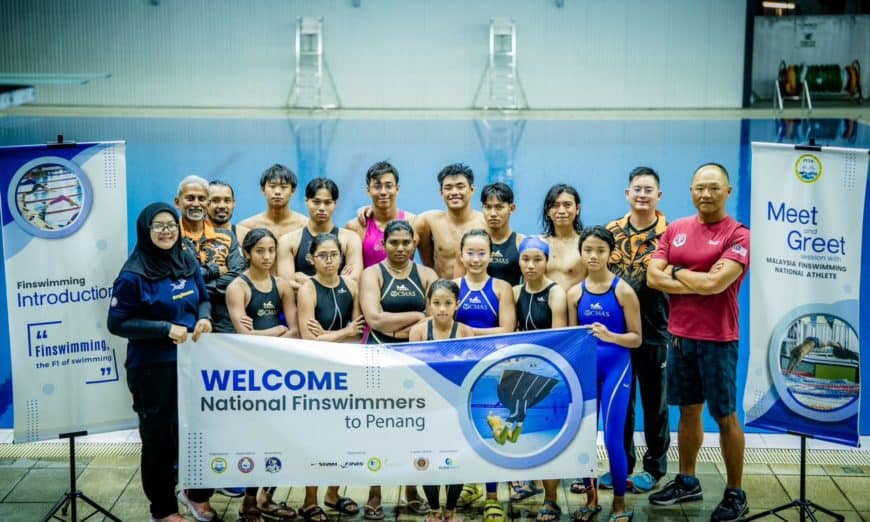PENANG was once a powerhouse in swimming, and now it wants to be a powerhouse in finswimming.
According to Penang Finswimming Association (PFSA) president Thor Al Wayne, finswimming is a relatively new sport in the state and country.
As the sport is still in its infancy stage, Thor said PFSA, which was formed last year, held a promotion of the event by inviting the national team to perform at the swimming pool in the MBPP Relau Sports Complex last weekend.
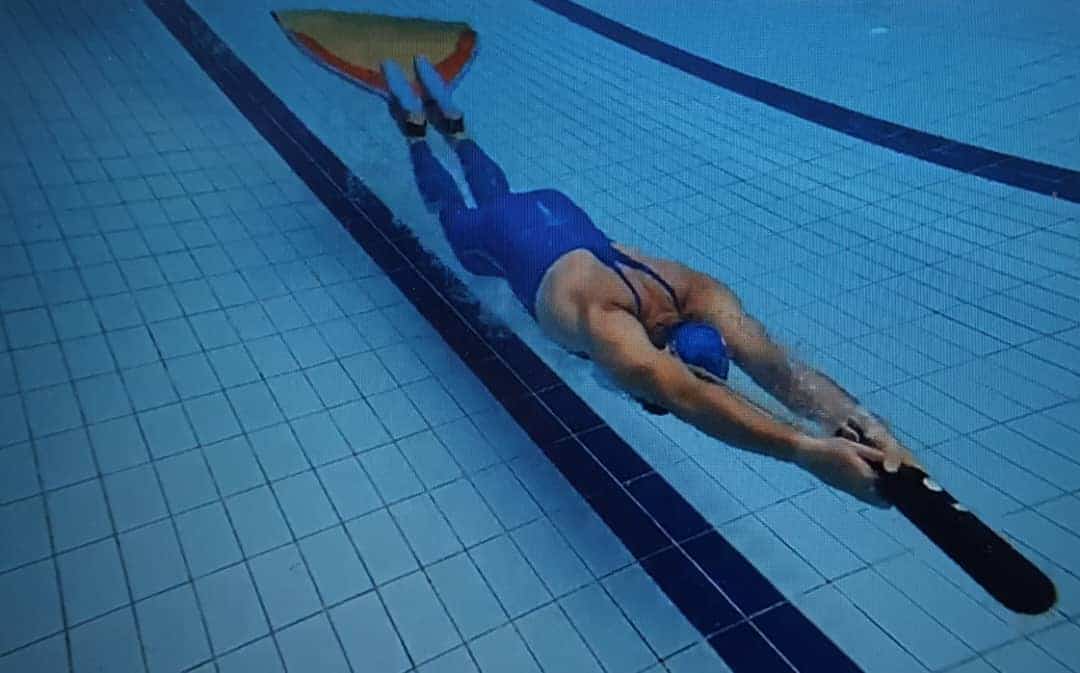
“We want to promote the sport and become a powerhouse,” said Thor, who is also the secretary of the Malaysia Finswimming Association (MFSA) and Malaysia Underwater Sports Federation (MUSF).
Thor, a physiotherapist by profession, said PFSA plans to further promote the event by holding a Penang Invitational Finswimming Championships this year.
So far, besides Penang, the other states that are affiliated with the MFSA are Selangor, Melaka, Negeri Sembilan and Pahang. Other states like Kedah, Johor and Kelantan are in the process of joining MFSA.
During this development stage of the sport in Penang, he said PFSA would allow enthusiasts to use whatever gear they have for training as well as for certain competitions, even those not accredited by World Underwater Federation (CMAS) to encourage more people to take up the sport.
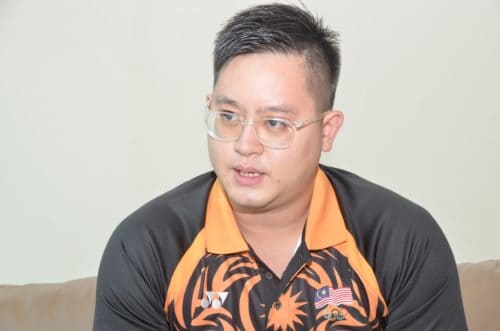
He said finswimming competition, however, started way back in the 1950s. Even in the Southeast Asian region, he said Vietnam, Indonesia and Thailand are the pioneers of finswimming more than 20 years ago.
Unlike the swimming sport, a participant in finswimming uses masks, fins, snorkels and underwater breathing apparatus.
In finswimming competitions, the shorter-distance events are conducted in swimming pools while the longer ones are held in open waters.
There are four types of finswimming, namely surface, bi-fins, apnoea and immersion.
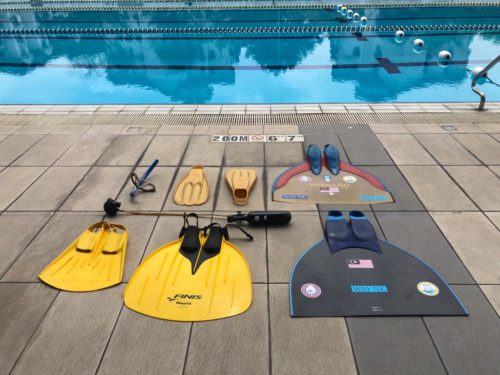
In surface, the swimmers use a mask, snorkel and monofin and must always remain at the surface of the water. They race in 50m, 100m, 200m, 400m, 800m, 1,500m, and relays.
In bi-fins, the swimmers use a mask, snorkel, and a pair of fins and swim at the surface of the water. They race the shorter distance events like the 50m, 100m and 200m in the swimming pool and the longer distance events like the 4km or 6km in open waters.
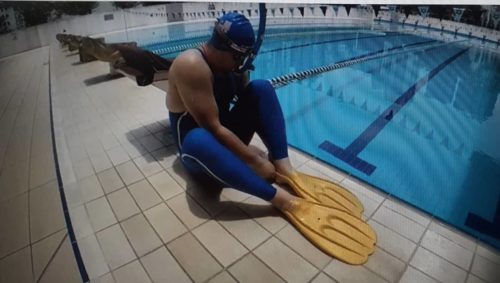
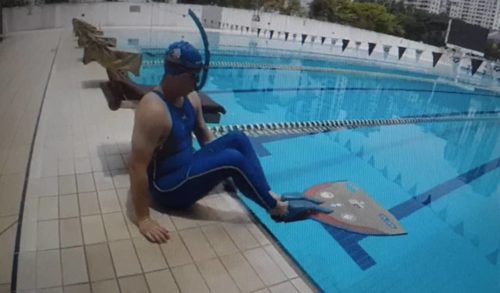
Participants in apnoea and immersion must swim underwater.
In apnoea, the swimmers use a mask and monofin and swim underwater by holding their breath in 50m races in a swimming pool, while for immersion, the swimmers use a mask and monofin and swim underwater using breathing apparatus in 100m and 400m events in a swimming pool.
He said in swimming, you use the whole-body muscles while in finswimming, you use mostly your lower limbs and leg muscles.
So, he said it would not work for a person to undergo swimming training today and finswimming the next day.
“The strokes and the dry land training are different. The monofin weighs 5kg and if your lower limb and ankle are not strong, you will get injured. It will be taxing and painful for your ankles,” Thor said.
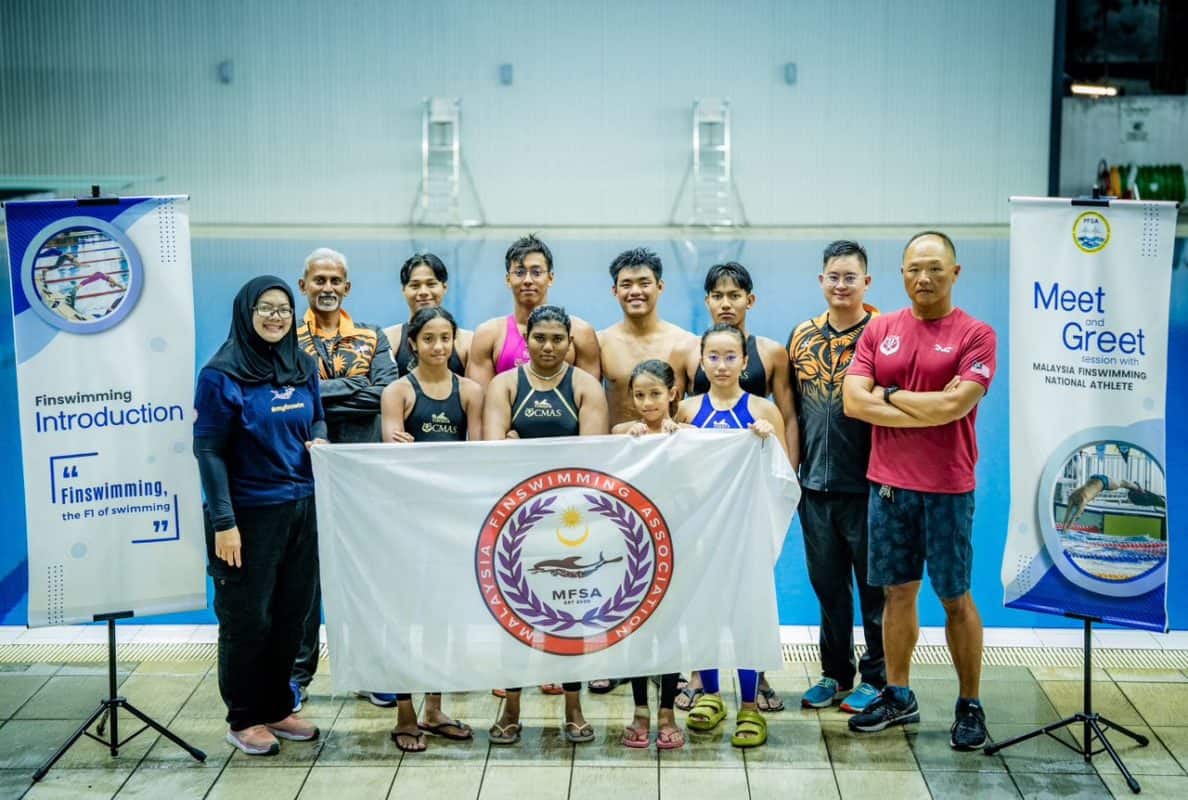
On the coming SEA Games in Cambodia in May, Thor said Malaysia will be fielding a total of eight finswimmers – four male and four female – to compete in the surface and bi-fins events. There will be no apnoea and immersion events at the Games.
He feels the Malaysian finswimmers, who are currently in decentralised training, could win a medal despite being fairly new to the game.
“Although this sport was established in Malaysia in 2021, we can see significant progress in some of the events in finswimming. I have thus a very good hope that we will bring home a medal though I can’t say what colour. It will inspire a brighter future for the sport in Malaysia and also Penang,” added Thor, who will volunteer himself if any of the Malaysian finswimmers needs physiotherapy.
Although finswimming made its debut in the Southeast Asian Games (SEA Games) in 2003 and subsequently was held in 2009, 2011 and 2021, Malaysia only took part in it in the 2021 SEA Games in Hanoi.
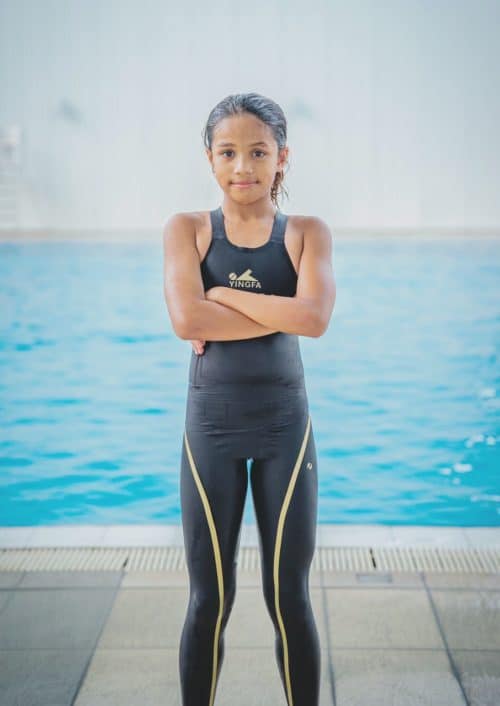
The Malaysian team to the SEA Games in Cambodia this year includes 11-year-old Zara Alessya Mohamad Suadi, who will take part in the 4x100m surface relay and 4x50m surface mixed relay.
Zara, who picked up finswimming only about a year ago, is the youngest participant in the Malaysian SEA Games continent.
The Malaysian finswimmers for the SEA Games are:
Men – Chris Chew Vi Min (50m bi fins, 50m surface, 100m bi fins, 200m bi fins, 4×100 surface relay, 4x50m surface mixed relay, 4x100m bi fins mixed relay), Muhammad Dawish Amssyar Rusli (400m bi fins), 800m surface, 4x100m surface relay), Faliq Nazrin Nazle (4x100m surface relay, 4x50m surface mixed relay), Kilian Ung Shihuang (100m bi fins, 200m bi fins, 400m bi fins, 4x100m surface, 4×100 bi fins mixed relay).
Women – Hani Farhana Bonyamin (50m bi fins, 100m bi fins, 400m bi fins, 4×100 surface relay, 4x50m surface mixed relay, 4x100m bi fins mixed relay), Jamie Tan Guan Jun (100m surface, 100m bi fins, 400m bi fins, 4x100m surface relay, 4x50m surface mixed relay, Mixed Relay 4x100m bi fins mixed relay), Elavinyah Ganesh (4x100m surface relay) and Zara Alessya Mohamad Suadi (4x100m surface relay, 4x50m surface mixed relay).
Story by K.H. Ong
Pix by Siti Nuratikah Rahmat and courtesy of Penang Finswimming Association

